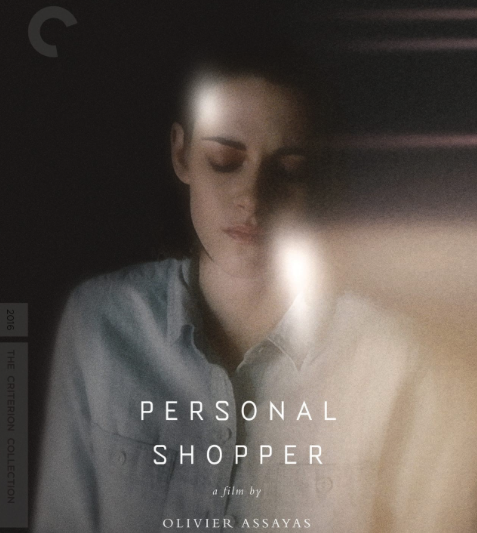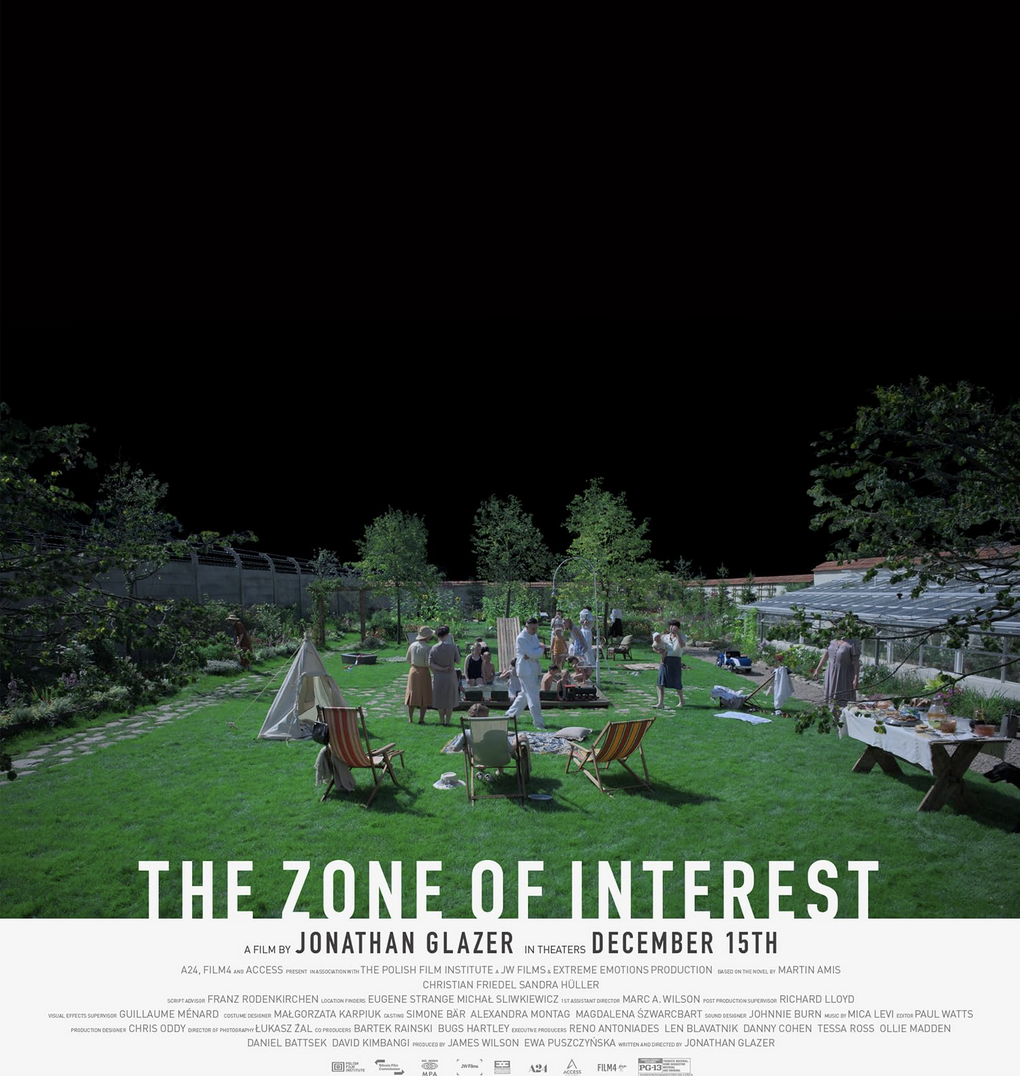⌾ Recommendations | 3 Things
Hi,
It is Friday, and that is the day that I send out a list of things that I suspect you might enjoy.
|1| WATCHING (Film): I watched the film Person Shopper, directed by Olivier Assayas and starring Kristen Stewart. I really liked this film! I wrote a longer post explaining why here.

You can buy this film on Bluray or DVD from Criterion, and you can pay to stream it via Amazon Prime Video or Apple TV+.
|2| LISTENING (Album): Yesterday, I posted about the newest DJ Krush album Saisei (Apple Music, Spotify, Bandcamp). Here is a short bit from that post.
Listening to Saisei contoured my experience of walking around in very interesting and fun ways. As I moved my body through space and time, and the music played in my ears, everything took on a cinematic quality—I felt I was in a film with the most amazing soundtrack.

Click here to read the whole post.
|3| LISTENING (Podcast): This podcast from Radio Atlantic is an interview with Johnnie Burn, the sound designer for the film The Zone of Interest. As someone who believes that the effect of non-musical audio on film is often undervalued, I found this interview very interesting.

For those who might now know about the film:
Auschwitz commandant Rudolf Höss and his wife Hedwig strive to build a dream life for their family in a house and garden beside the camp. (Source- Imdb)
In the film, you never see Auschwitz; the family is kept from seeing it, but they can hear it.
The Zone of Interest is a Holocaust movie that only ever lingers on one victim of the Holocaust. (He’s a prisoner whose job is mixing ashes of the dead into a German commander’s garden soil.) It’s centered on the Nazi concentration camp Auschwitz, yet you never see a train, or a vicious dog, or a crying baby. Instead you mostly watch domestic scenes from a German commander’s family, as they eat, play, swim, and tend to the garden. This decision has led some critics to complain that the movie keeps the “horrors at an oblique remove,” as Manohla Dargis put it. But that’s true only of the visuals. Through the soundtrack, the horrors come alive in a whole new way. (Source --You Can Shut Your Eyes, but You Can’t Shut Your Ears)
Additionally, Burn's discussion of how he captured sounds in the present and then transformed those found sounds into the sound of the not-so-visible but-heard concentration camp of Auschwitz was fascinating.
Fin
As always, I appreciate any support you can provide for the continued production of things from [S][J[P].
That is it for this one. Till next time, please make those glorious mistakes.
-N